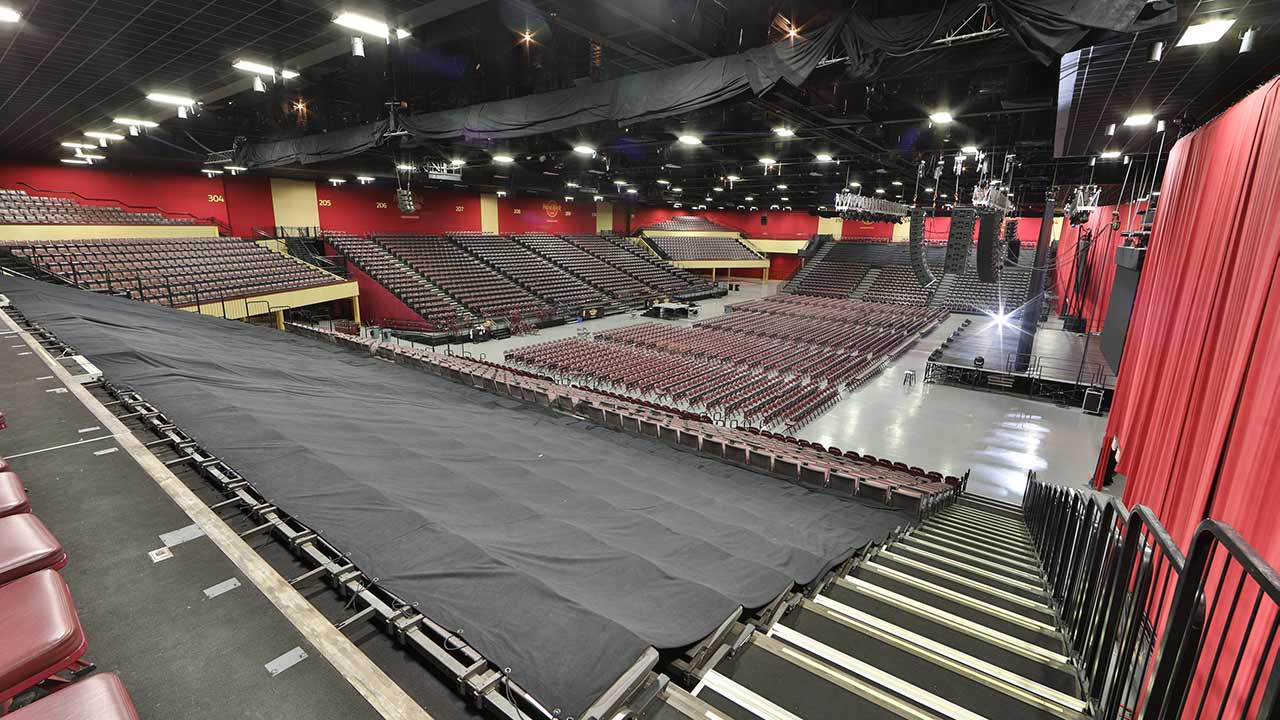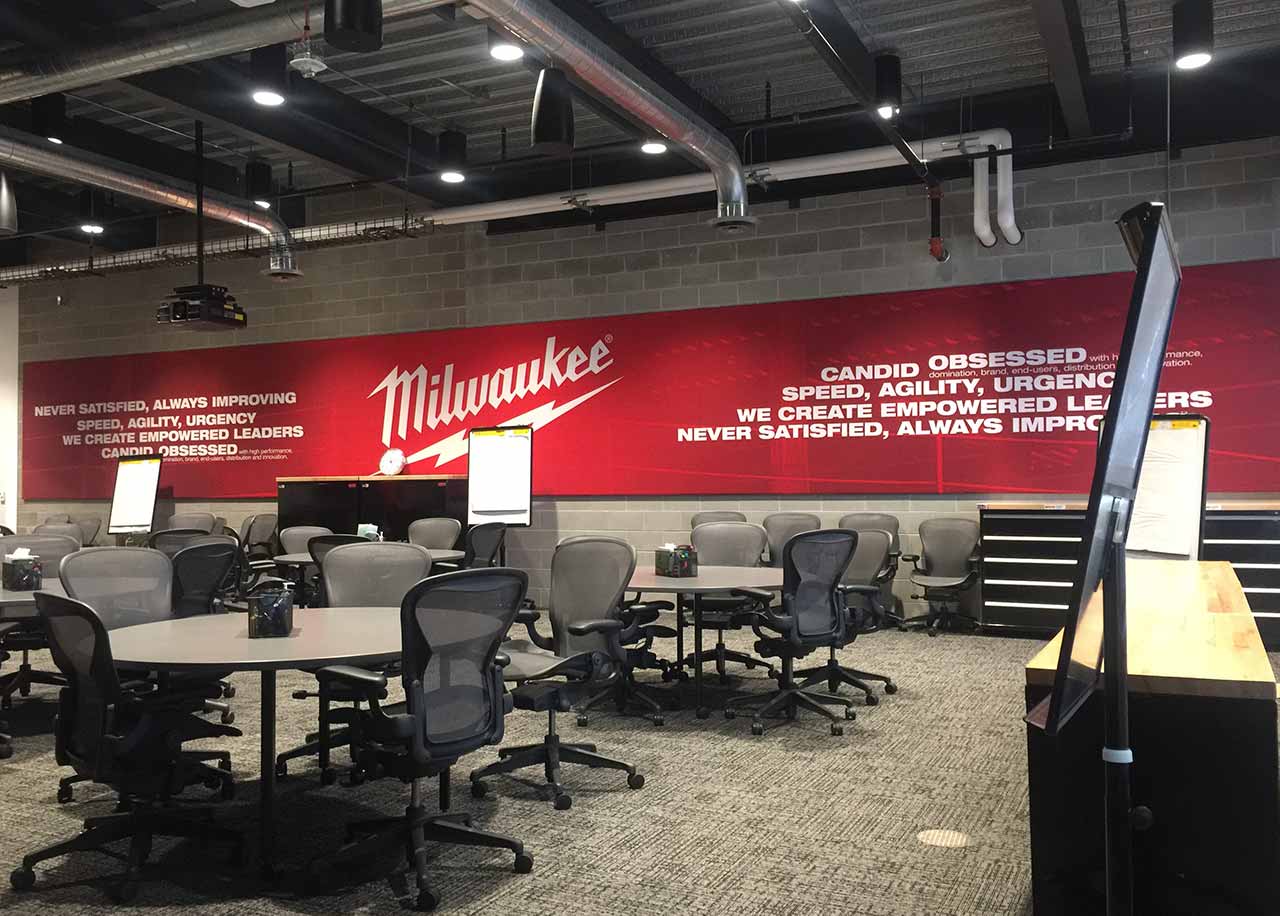Builders sometimes think of acoustical solutions in strictly functional terms, but they can—and should—also look great.

Theater tile covered in dark fabric blacked out the ceiling while providing acoustical control at Hard Rock Live in Atlantic City. [Photo: Courtesy of Overtone Acoustics]

It’s a classic story, and one that never gets old: The business that started in the garage. It’s how Brad Turpin got his foothold in the acoustic treatment industry. Today the business he founded in 2011, Overtone Acoustics, is forging new paths in the way businesses, organizations, and individuals manage sound in their spaces. Back in his garage, Turpin discovered how to transform materials into acoustical panels he used to turn his spare bedroom into a recording studio. That experience inspired him to help others in need of smart and stylish solutions. His business has transformed over the years, but one core value has remained constant: the need to fuse form and function.
Traditionally speaking, acoustics haven’t been “pretty.” The solutions successfully worked to absorb sound and reduce echo, but their appearance left much to be desired. Overtone has set out to change that with its fully customizable, handcrafted acoustic panels.
So, how should architects, interior designers, or others approach acoustical considerations with aesthetics in mind? The most important thing you can do is consider acoustics during the design phase—not afterward. Not only will this give you more control over how you tackle noise concerns in a way that complements the overall design, but it will also save you money.

[Photo: Courtesy of Overtone Acoustics]
Between custom panels adorned with art, perforated wood veneer, or fabrics of any kind, Overtone offers the ideal solution for any space. It just comes down to picking the right approach. For example, when we led an overhaul of the acoustics at the Hard Rock Live arena in Atlantic City, our team considered the logistical considerations of such a high-density space. The facility previously had standard white ceiling tiles, which not only added no sound control value but also distracted from what should be the real focus—what’s happening onstage. The solution was a theater tile covered in dark fabric to completely black out the ceiling while providing acoustical control.
That’s the power of a customizable acoustical panel: You can make it look however you want. The fabric is acoustically transparent, which means sound can travel through it to be absorbed by the panels’ acoustical core.

Read more from Overtone Acoustics in the July+August issue of gb&d, when Turpin explores sound’s effect on workplace productivity. [Photo: Courtesy of Overtone Acoustics]

